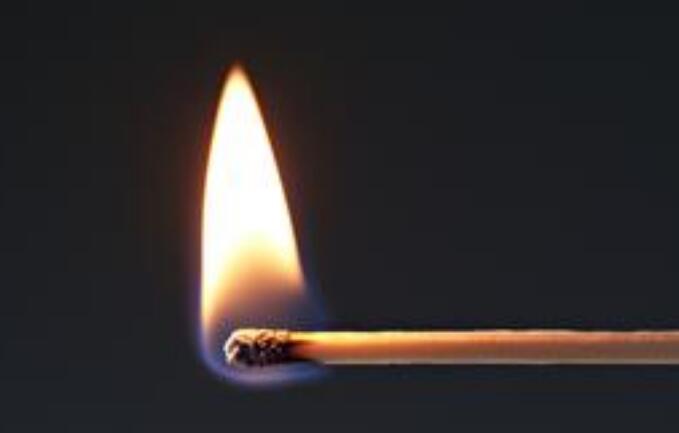The commercial potential for the stuff—which soon became known as phosphorus, from Greek and Latin roots meaning "light bearing"—was not lost on eager businesspeople, but the difficulties of manufacture made it too costly to exploit. An ounce of phosphorus retailed for six guineas—perhaps five hundred dollars in today's money—or more than gold.
它很快被稱之為磷,這個名字源自希臘文和拉丁文,意思是“會發(fā)光的”。有眼光的實業(yè)界人士看到了這種物質(zhì)的潛在商業(yè)價值,但生產(chǎn)的難度很大,成本太高,不好開發(fā)。一盎司(約28.35克)磷的零售價高達6幾尼—很可能相當于今天的300英鎊—換句話說,比黃金還要貴。
At first, soldiers were called on to provide the raw material, but such an arrangement was hardly conducive to industrial-scale production. In the 1750s a Swedish chemist named Karl (or Carl) Scheele devised a way to manufacture phosphorus in bulk without the slop or smell of urine. It was largely because of this mastery of phosphorus that Sweden became, and remains, a leading producer of matches.
起先,人們號召士兵們提供原料,但這樣的做法對工業(yè)規(guī)模的生產(chǎn)幾乎無濟于事。18世紀50年代,一位名叫卡爾·金勒的瑞典化學(xué)家發(fā)明了一種方法,不用又臟又臭的尿就能大量生產(chǎn)磷。很大程度上就是因為掌握了這種生產(chǎn)磷的方法,瑞典才成為——而且現(xiàn)在還是——火柴的一個主要生產(chǎn)國。

Scheele was both an extraordinary and extraordinarily luckless fellow. A poor pharmacist with little in the way of advanced apparatus, he discovered eight elements—chlorine, fluorine, manganese, barium, molybdenum, tungsten, nitrogen, and oxygen—and got credit for none of them. In every case, his finds were either overlooked or made it into publication after someone else had made the same discovery independently. He also discovered many useful compounds, among them ammonia, glycerin, and tannic acid, and was the first to see the commercial potential of chlorine as a bleach—all breakthroughs that made other people extremely wealthy.
金勒既是個非同尋常的,又是個極其倒霉的人。他是個地位低下的藥劑師,幾乎在沒有先進儀器的情況下發(fā)現(xiàn)了8種元素——氯、氟、錳、鋇、鉬、鎢、氮和氧——但什么功勞也沒有得到。每一次,他的發(fā)現(xiàn)要么不受人注意,要么在別人獨立做出同樣的發(fā)現(xiàn)以后才加以發(fā)表。他還發(fā)現(xiàn)了許多有用的化合物,其中有氨、甘油和單寧酸;他還認為氯可以用做漂白劑——具有潛在商業(yè)價值的第一人——這些重大的成就都使別人發(fā)了大財。











